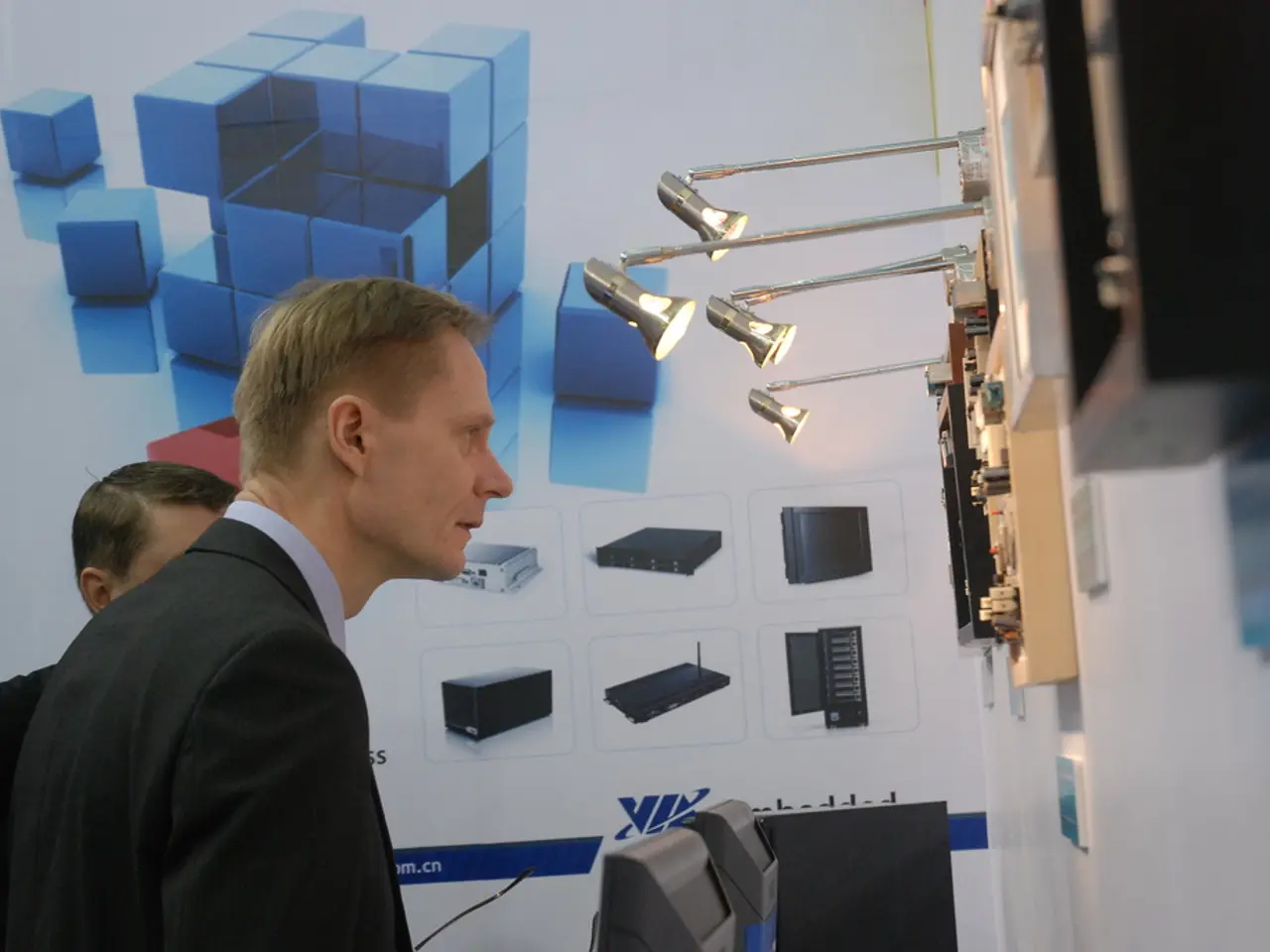Data security concerns escalate with the advent of smart meter technology
In the rapidly evolving energy landscape, where data drives progress, securing that data is foundational to a connected, low-carbon, and reliable future. This is particularly true for smart meters, which have emerged as active nodes driving the energy transition.
Smart meters, with their ability to provide real-time energy consumption data, have become invaluable tools in the journey towards a more sustainable energy system. However, this increased reliance on smart meters also exposes them to potential cyber threats.
Confidentiality, integrity, and authenticity are the cornerstones of effective smart meter security. Utilizing encryption, secure key management, and robust communication protocols, smart meters can protect stored data against unauthorized access. Verifying updates and communications come from trusted sources using digital signatures and secure update processes ensures authenticity. Ensuring data remains accurate and unaltered through secure boot processes, flash-aware file systems, and validation checks maintains integrity.
The need for secure, reliable devices grows as smart infrastructure advances. Data corruption or loss in smart meters can lead to billing inaccuracies, compliance failures, and operational disruptions. In the worst-case scenario, an undetected cyberattack on smart meters can cost companies upwards of $8,800 (≈£6,900) per minute.
Organizational readiness for secure smart metering is crucial. Aligning people, processes, and documentation to foster a security-first culture across the organization is essential. This includes maintaining accurate Software Bills of Materials (SBOMs), conducting thorough supply chain and risk assessments, developing clear incident response plans, establishing data retention and minimization policies, defining and enforcing role-based access controls, and prioritizing cryptographic agility.
Compliance with regulations like the CRA, NIS2, and IEC 62443 frameworks requires a holistic approach that goes beyond producing secure devices. Key CRA obligations for smart meters include no known vulnerabilities at launch, secure-by-default configurations, ongoing patch management, and transparent documentation.
The European Union's Cyber Resilience Act (CRA) will redefine expectations for digital products, including smart meters, and will be tied to CE marking for market access in the EU. Prioritizing secure and resilient smart meters can provide a competitive advantage, protecting utilities from financial losses and reputational damage, and meeting customer expectations for reliability and trust.
Maintaining effective vulnerability management for smart meters requires dedicated teams and resources. Flash memory management, for instance, is crucial to extend operational lifespans, reduce early failures, and maintain data integrity.
Smart-meter data stored locally represent a hidden vulnerability because they require more technical expertise to secure properly. Without strong security measures like regular updates, strong passwords, and two-factor authentication, local storage can be prone to unauthorized access or hacking, posing a risk to privacy and security.
In an energy landscape where data drives progress, securing that data is not just a technical issue, but a business-critical priority as energy systems become more reliant on accurate data. Securing data at rest in smart meters is essential for financial stability, regulatory compliance, and customer trust. As we move towards a more connected and sustainable energy future, securing smart meters will be key to ensuring that progress is both reliable and secure.








